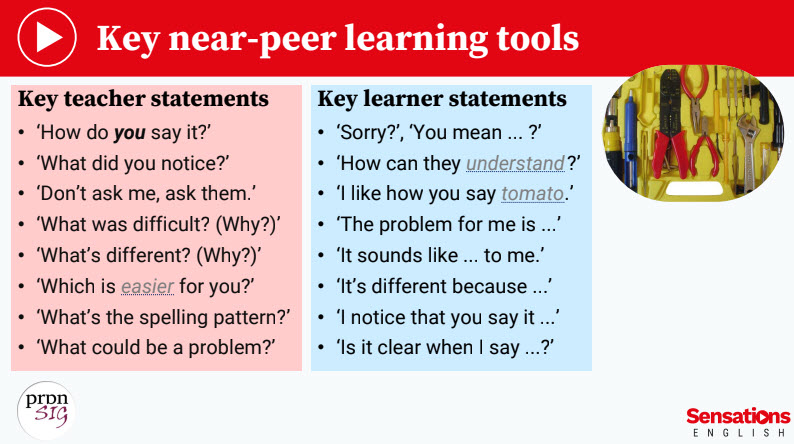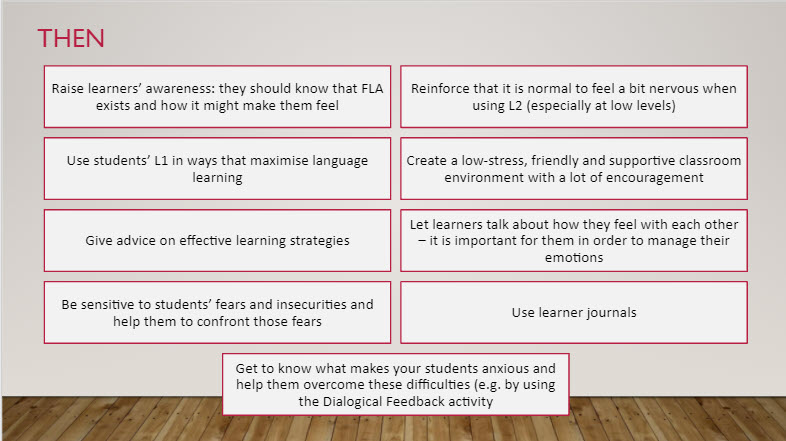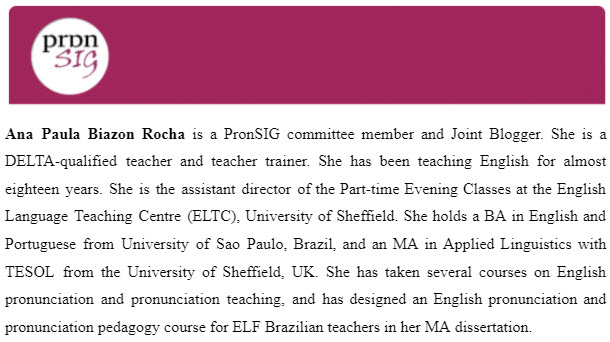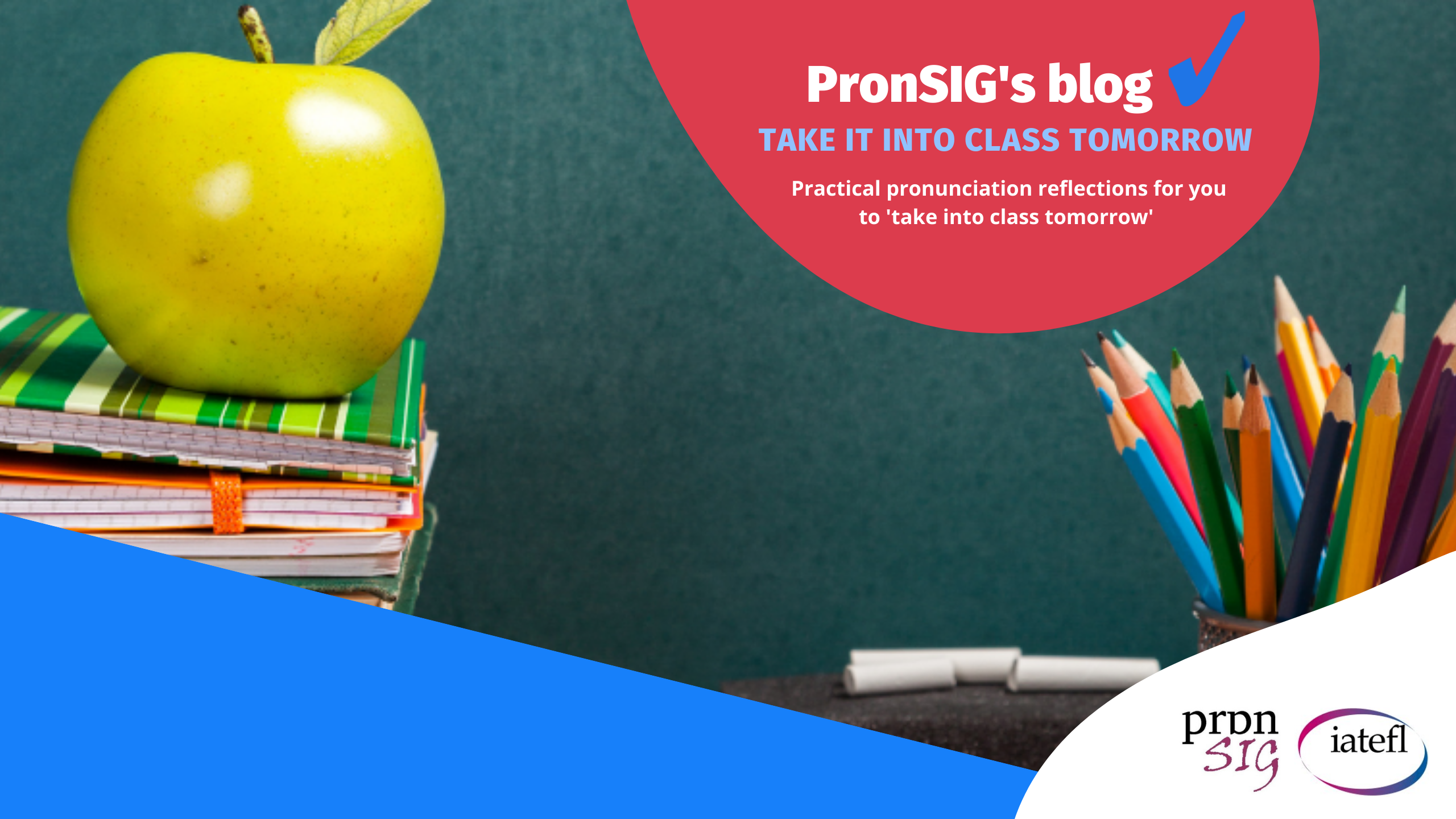by Ana Paula Biazon Rocha
On 02 October 2021, PronSIG’s online conference, Mind, Brain and Pronunciation: How thoughts, emotions, and experiences affect L2 English pronunciation, offered participants a myriad of sessions, discussions, and sharing of ideas and experiences, which aimed at enhancing our knowledge and practice about English pronunciation and pronunciation teaching. At times, some teachers may limit the dimensions of pronunciation to listening and repeating sounds, without realising that there is much more going on in our mind and brain which allows us to learn and teach pronunciation. Thus, let’s now analyse some tips based on the content presented in the conference to help us move past such limitations.
1. Choose a variety of activities to meet students’ needs: in the opening plenary, Akiko Kondo reminded us that different learners show different levels of L2 mastery, according to factors such as:
– the age of onset, that is, the age they start learning L2
– L1 background
– personality
– gender
– motivation
– aptitude
This means that when teaching pronunciation, teachers should try to cater for different needs: in one lesson, you can resort to choral repetition and drills, in another, you can make use of visual aids, in yet another, you can work with a listening comprehension exercise, etc. A variety of pronunciation activities and tasks provides input and challenge for a greater number of learners, who have to resort to more cognitive resources
Moreover, Kondo commented on the importance of cognitive links between audio and visual, and reinforced the use of films and music as great sources of pronunciation practice for exposing learners to authentic content.
Similarly, in session 4B, Stella Palavecino also reinforced the use of music, imagery, movement and breathing techniques to create an environment that can nourish learners’ heart, mind and soul and make the pronunciation learning experience unforgettable.
2. Use drama-related activities to teach prosody and reduce L2 anxiety: in session 1B, Hiroko Nakamura shared her experience with her Japanese students and the use of drama-related activities. As university students, they often feel anxious when giving an oral presentation. Then, by performing some scenes adapted from the film My Fair Lady, Nakamura’s students could practise prosodic features such as stress, intonation, pausing, among others, which helped them feel more confident in their English pronunciation skills. For a quick review of prosodic features, click here.
3. Incorporate near-peer inquiry based pronunciation learning: in session 2A, Adam Scott reminded us of the importance of nurturing learners’ different identities and using them as a resource for pronunciation learning. In some English classes, unfortunately, sayings such as ‘Native speakers usually pronounce…’, or ‘This is bad pronunciation’, or ‘Don’t speak like that!’ can still be heard. However, considering intelligibility as the main focus of pronunciation teaching and learning and the rise of English as a Lingua Franca, encouraging the co-construction of pronunciation knowledge and the embracement of diversity are the most useful things we can do with our learners:

4. Have students use their hands to learn about pronunciation: in session 3B, Karen Taylor and Liz Bigler stated: ‘We aim to democratise the teaching of pronunciation!’, which means that we teachers can and should teach pronunciation in our lessons. There is no need for anything fancy, it can be something as simple as using our hands. For instance, to work on word stress, you can:
- – open your hand to identify the location of stress: PHOtograph
- – extend your arm to demonstrate the length of time the vowel takes: phoTOgrapher
It is extremely memorable and effective and learners really enjoy it! See a demonstration here. For more ideas on teaching pronunciation with your hands, click here.
5. Help students lower their foreign language anxiety (FLA): Lina Gordyshevskaya emphasised that teachers should help learners deal with the anxieties of speaking a foreign language, such as exposing themselves in front of others and having a non-native accent. To do so, we should remember that ‘Intelligibility is the new black’ and focusing on achieving a ‘native-like’ goal is unattainable, and it only brings more pressure. Thus, Gordyshevskaya suggests that teachers should:

6. Consider the effects of instructional decisions on students’ motivation: in the closing plenary, Veronica Sardegna’s research demonstrated that high self-efficacy means less anxiety. In other words, when teachers nurture and help learners understand and develop their own strategies to learn pronunciation, their level of engagement increases and they feel much more motivated. According to Sardegna, our instructional decisions can enhance learning and maximise students’ chances of success when they:
– increase students’ motivations
– develop students’ positive attitudes towards pronunciation practice
– provide effective strategies, rules, resources, speech models, and activities to guide students’ self-regulated efforts.
To sum up, there is much to reflect and incorporate into our pronunciation teaching according to the tips above. Taking the first step is always very difficult but if you try at least one of the things mentioned in this post, you will be already doing a lot to help your learners develop their English pronunciation skills. We from PronSIG are here for you, and our conference was a great example of that!
Click here to learn more about how you can access the videos and slides of the conference.
Don’t forget to check our previous blog posts with more tips and ideas on pronunciation teaching here. Follow us on social media and leave your comment below.


